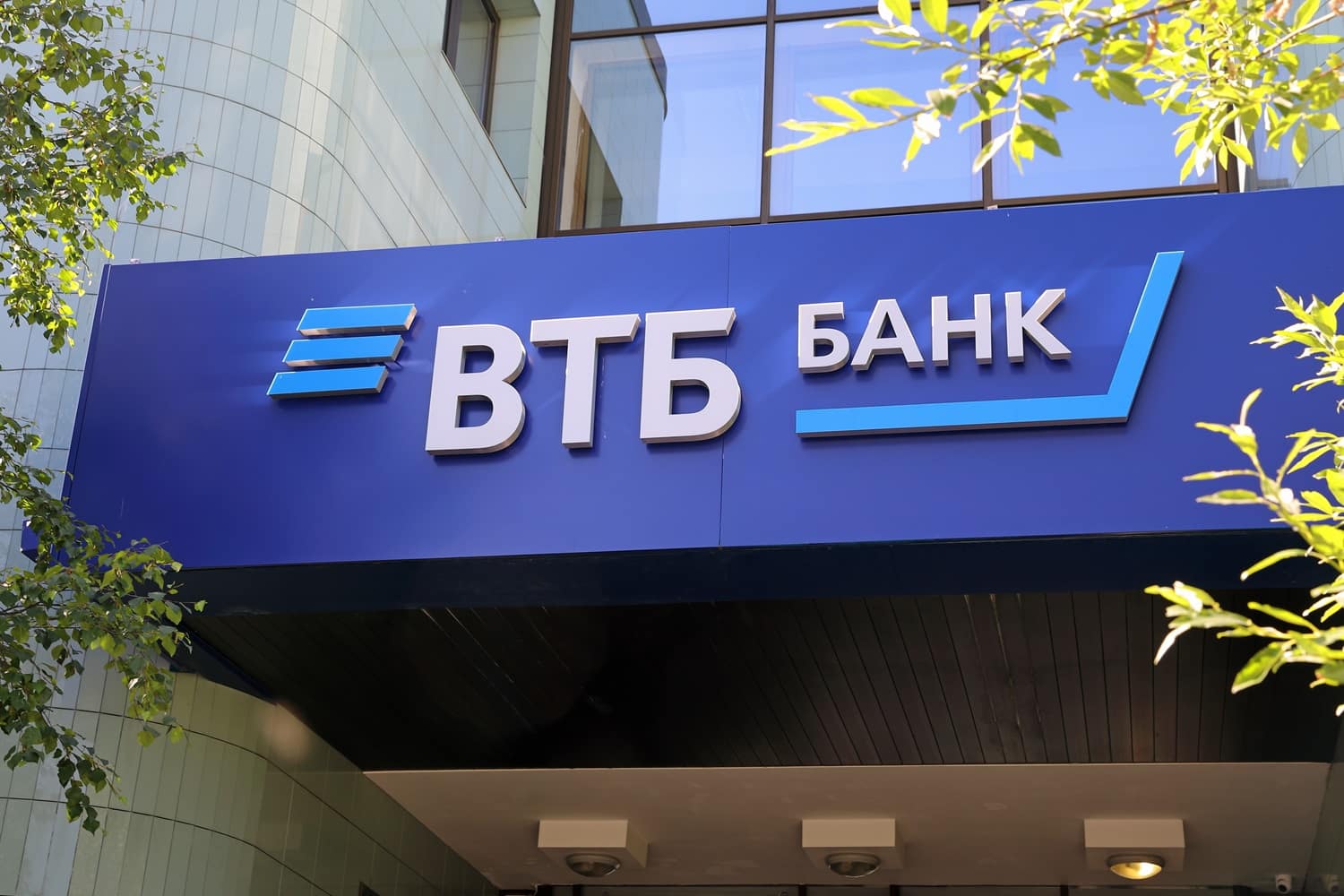Russian Banks ‘Fighting Back’ Against Digital Ruble – Report

Russian banks are reportedly “fighting back” against the digital ruble amid claims a CBDC launch would cost them $684 million a year.
Per a report from Comnews, even the Central Bank’s commercial bank partners are “looking for ways” to “avoid” dealing with the coin and “preserve” the banking status quo.
The report pointed to a development from VTB Bank, which this month announced a new solution that lets CBDC owners convert their tokens to cash at ATMs.
The solution will initially allow digital ruble holders to swap their coins for cash at some 14,000 VTB ATMs nationwide.
But if other banks follow suit, citizens could potentially use the function at all Russian ATMs in the very near future.

The media outlet called the development a “commercial bank vaccine” against the digital ruble.
Many believe commercial bankers are afraid the CBDC will allow the Central Bank to eat into their business.
The outlet wrote:
“The [VTB ATM solution] goes against the policy of the Central Bank, which is trying to actively introduce the new [digital] currency to the public.”

The report’s author also noted that VTB “apparently” came up with its solution as a “first step in the fight against the spread of the digital ruble,” adding:
“It is not profitable for banks to work with the digital ruble, since it is completely controlled by the Central Bank. […] The [VTB] solution wrests [the CBDC] from the control of the Central Bank and [will] return liquidity to the country’s banking system.”
Are Russian Banks Reluctant to Back the Digital Ruble?
Publicly, however, VTB and other banks have applauded the Central Bank’s CBDC plans, calling for the “rapid expansion” of the digital ruble project.
Media outlets have previously made similar allegations about commercial banks’ reluctance to engage with the CBDC.
The eleventh-hour exit of Tinkoff Bank and Sberbank from stage one of the pilot drove some to question banks’ digital RUB commitment.
But Sberbank has since committed to joining the pilot early next year, possibly allaying the Central Bank’s fears.
Regardless, Russian banks clearly feel some sense of alarm about the digital ruble, with industry associations warning that their customers are “wary” of CBDC developments.
The report’s author noted that the Central Bank could choose to fight back if commercial banks try to derail its project.
The Central Bank could offer digital ruble loans with “highly competitive interest rates” or “introduce cashback on purchases made [with the CBDC].”
🇷🇺 Russia Could Use Digital Ruble to Evade SWIFT, Wants Foreign Banks to Use its CBDC
Russia’s Central Bank thinks its digital ruble could let citizens pay abroad without using the SWIFT banking platform – and wants to let foreign banks use its CBDC.https://t.co/YouQgGqo14
— Cryptonews.com (@cryptonews) October 12, 2023
The author concluded that the “confrontation between the Central Bank and Russian banks” was now “just beginning,” writing:
“The struggle for public trust in the digital ruble will most likely unfold for several years until a final compromise is reached. Most likely, both forms of money will co-exist in parallel in the future.”




